- Home | Industry Update | Timeless Threads On Narmada’s Shore: Maheshwari Saree Carr...
Timeless Threads on Narmada’s Shore: Maheshwari Saree Carries a Legacy Woven in Royal Grace

Nestled along the tranquil banks of the Narmada River in Madhya Pradesh lies Maheshwar, a town where every street hums with the rhythm of looms and every saree speaks of a history echoing five millennia. Among the fort walls built by the legendary Ahilyabai Holkar, a heritage was born the Maheshwari saree a garment that continues to capture the soul of its origin.
In the late 18th century, Queen Ahilyabai envisioned a textile that would reflect her court’s grace and her land’s spiritual calm. She called master weavers from Surat and the South to bring that vision to life. The result was a fabric light as air and rich in symbolism, with motifs borrowed from temple domes, river waves, and prayer mats.
Artisans like Hasmad and Asim Ansari carry this vision forward. From setting up home looms to managing over 200 weavers, their journey reveals resilience and devotion. Women like Manubai Kevat find both livelihood and dignity in their threads, while brothers Abdul and Nazar Ansari preserve age-old techniques with hopes of passing them down.
Each Maheshwari saree is a blend of cotton, silk, and Zari, woven with raw materials sourced from across India from Coimbatore to Surat to Bengaluru. While modern variations have arrived, the allure of handwoven purity remains unchallenged. More than fabric, Maheshwari sarees are a story of queens, artisans, rivers, and time woven into every elegant drape that flows with beauty, heritage, and pride.
02:51 PM, Jun 16
Source : Timeless Threads on Narmada’s Shore: Maheshwari Saree Carries a Legacy Woven in Royal Grace Source : Timeless Threads on Narmada’s Shore: Maheshwari Saree Carries a Legacy Woven in Royal Grace
Other Related Topics
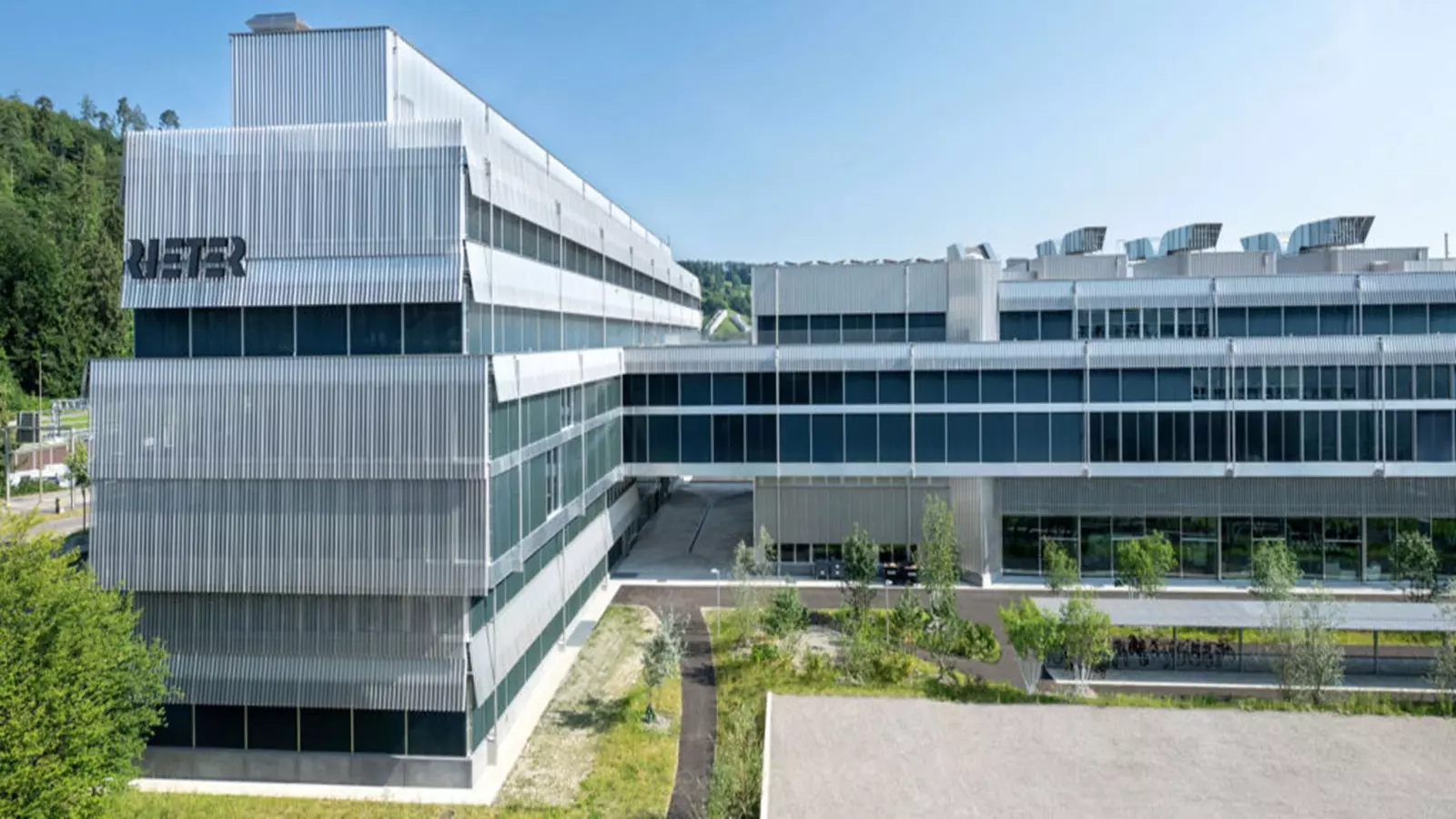
Rieter Issues Market Update on Completion of Barmag Acquisition
10:33 AM, Dec 20

Indian Textile Exports Weave Strong Momentum with November Surge
11:24 AM, Dec 18Industry Update

Carrington Textiles Introduces Defence Stock Range for Faster Access to Military Fabrics...view more




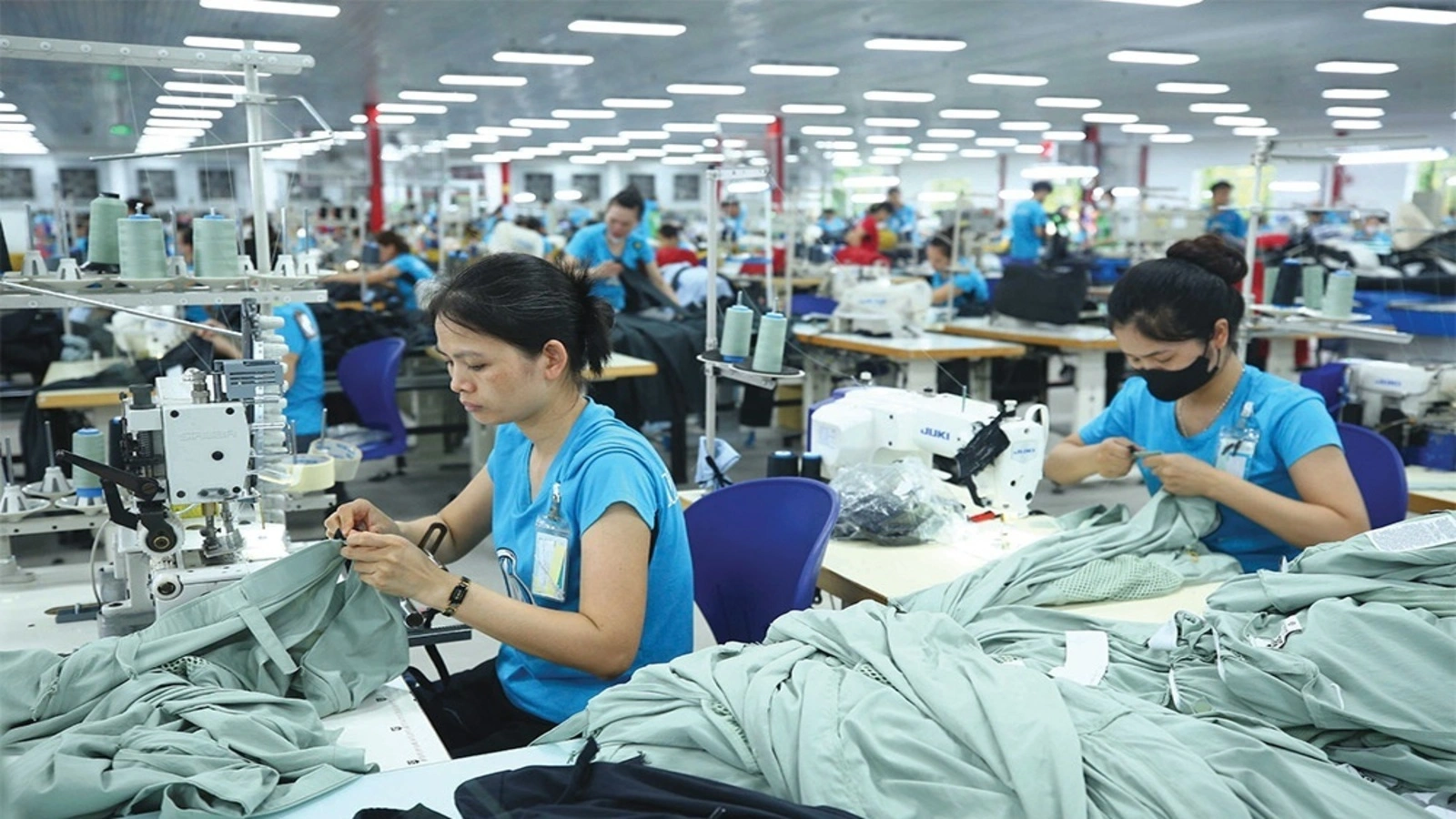

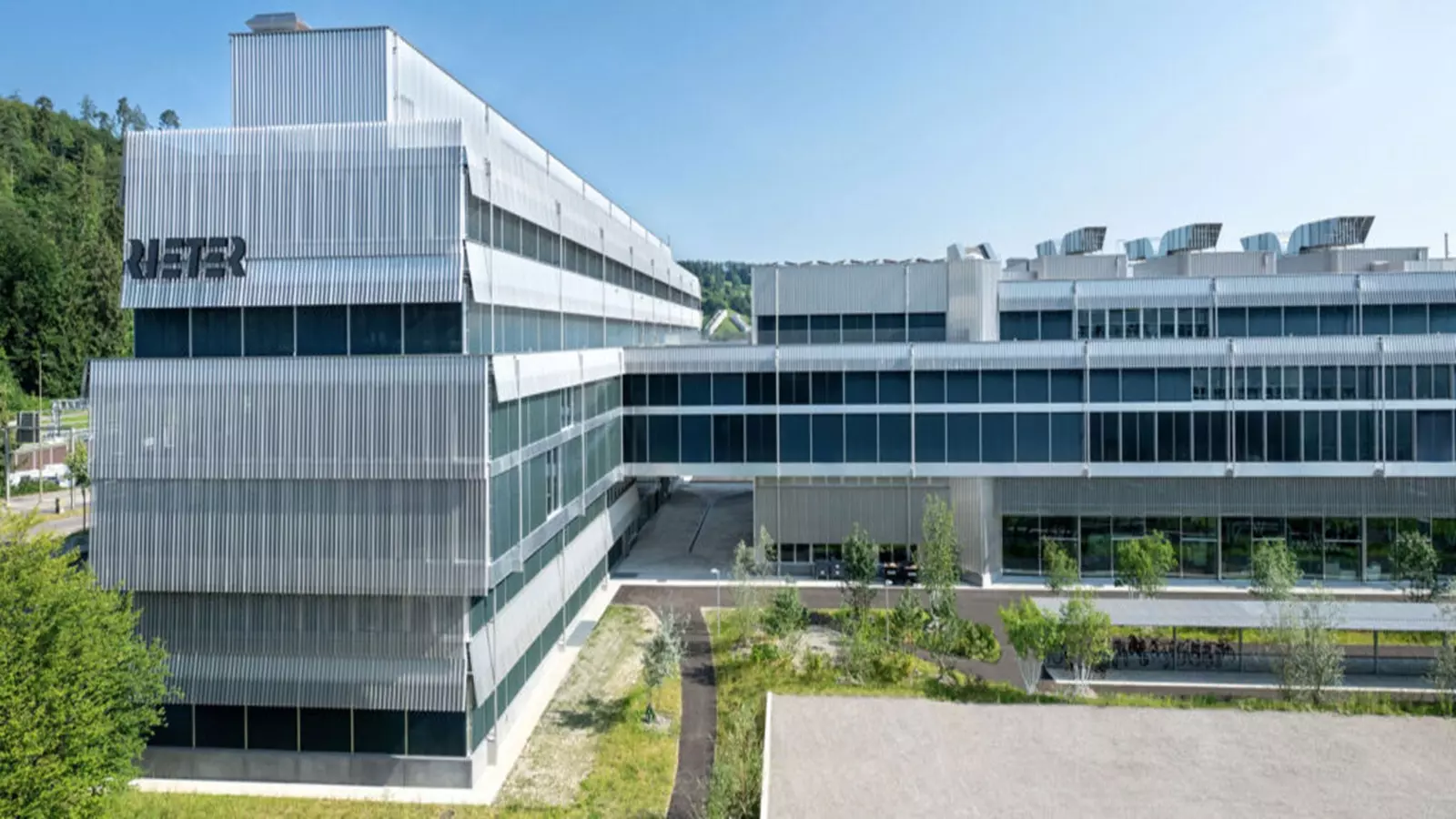

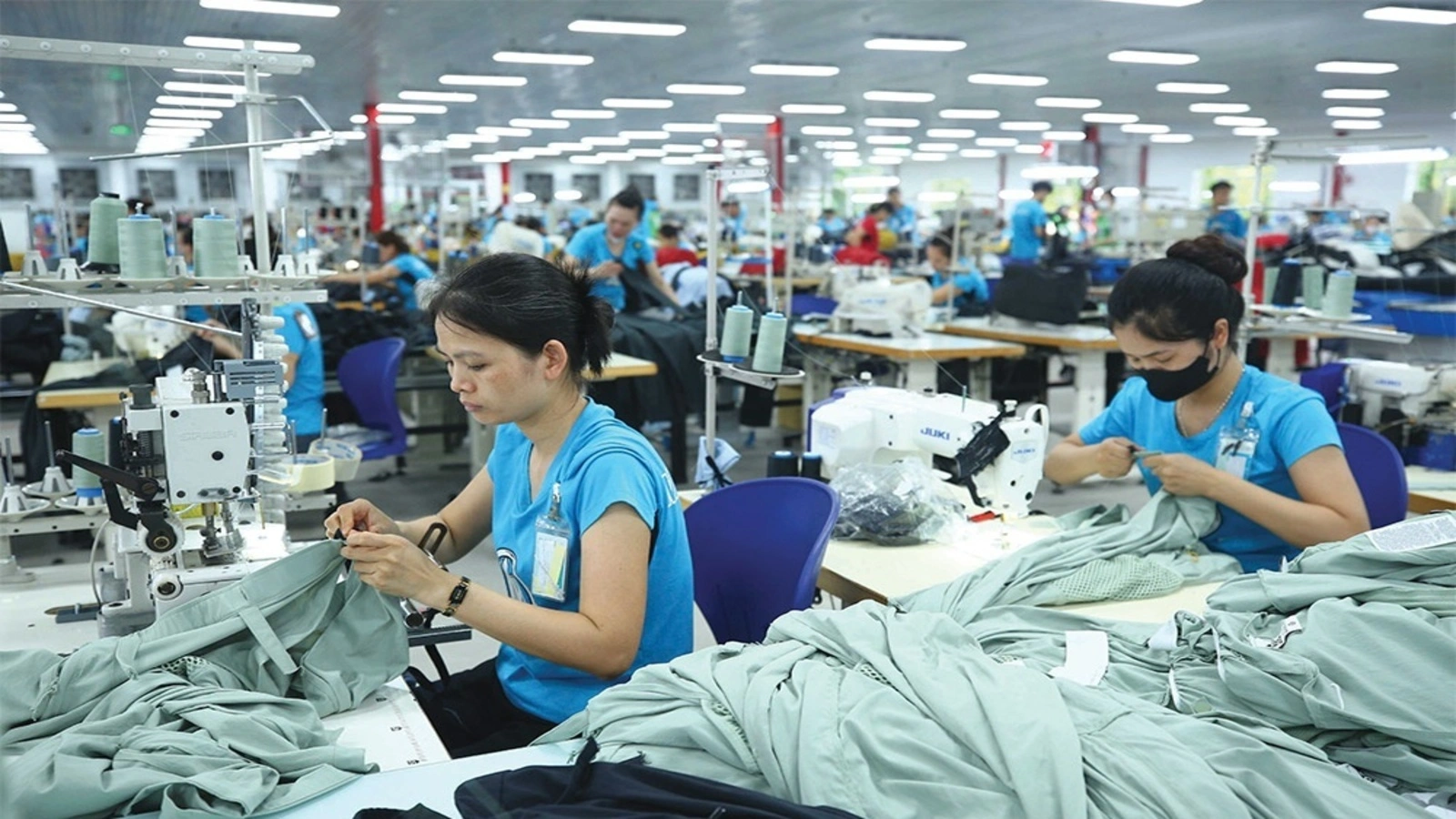



1.webp)
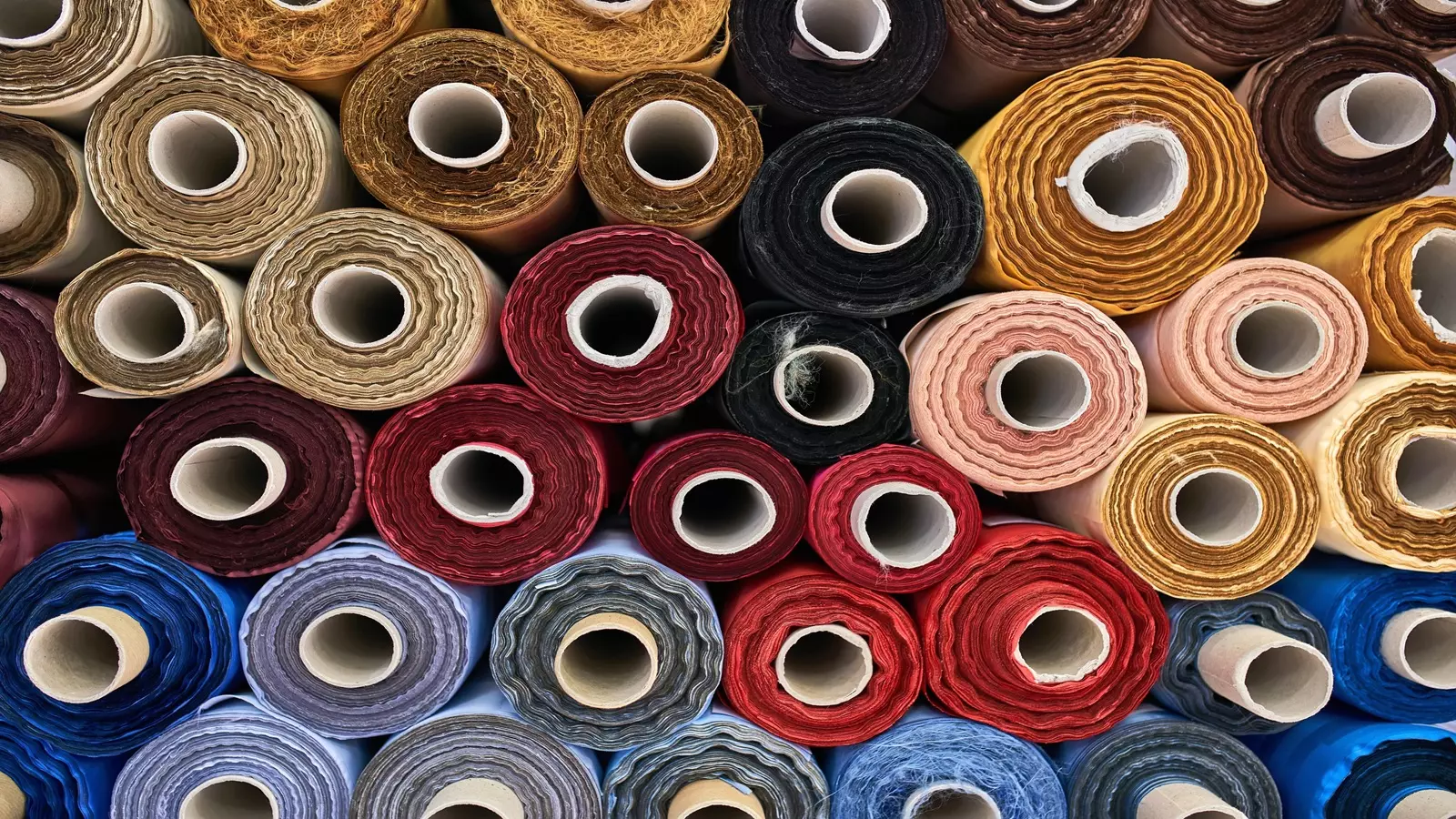





1.webp)

1.webp)
1.webp)

1.webp)

1.webp)

.webp)

1.webp)

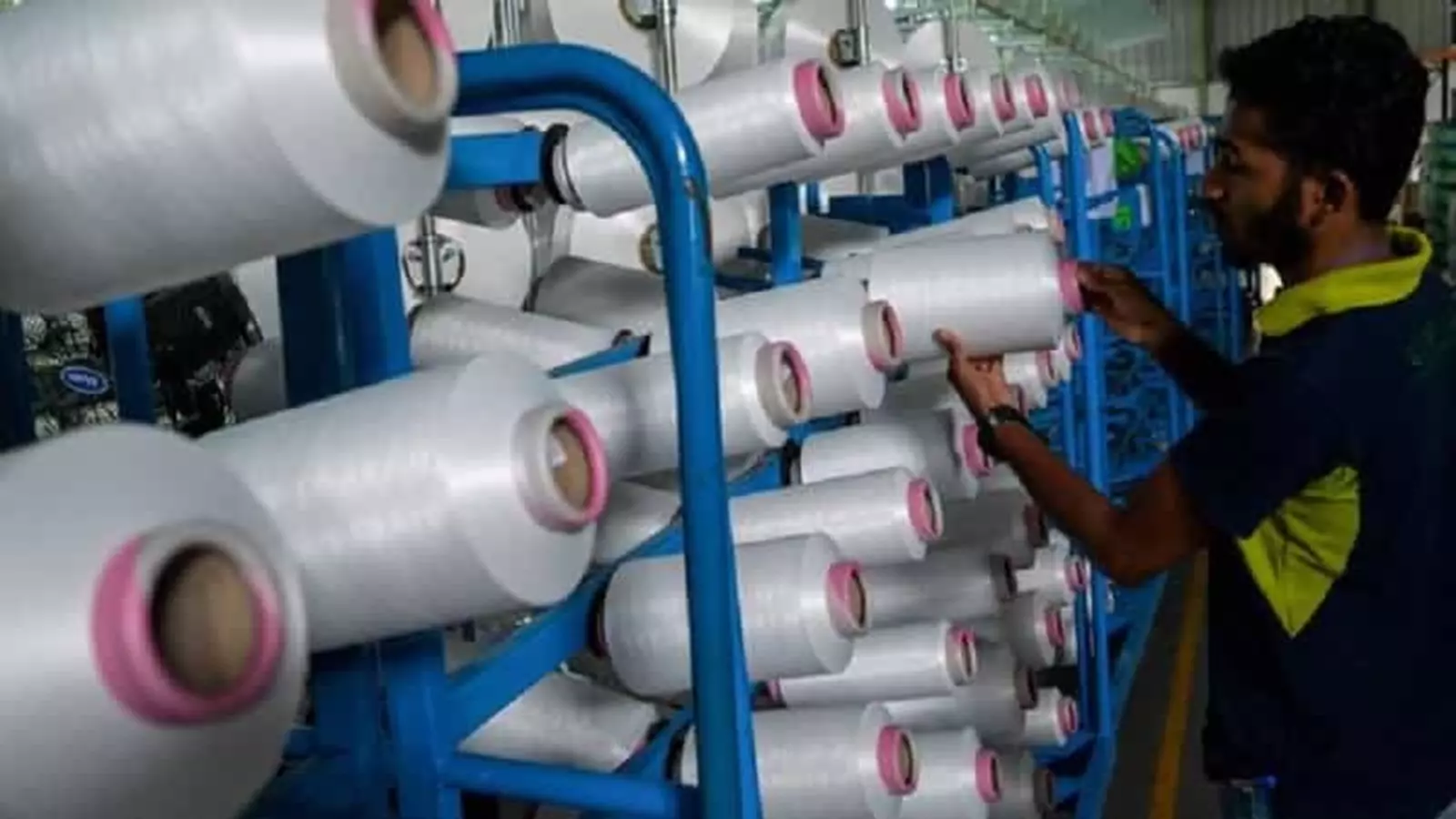

1.webp)









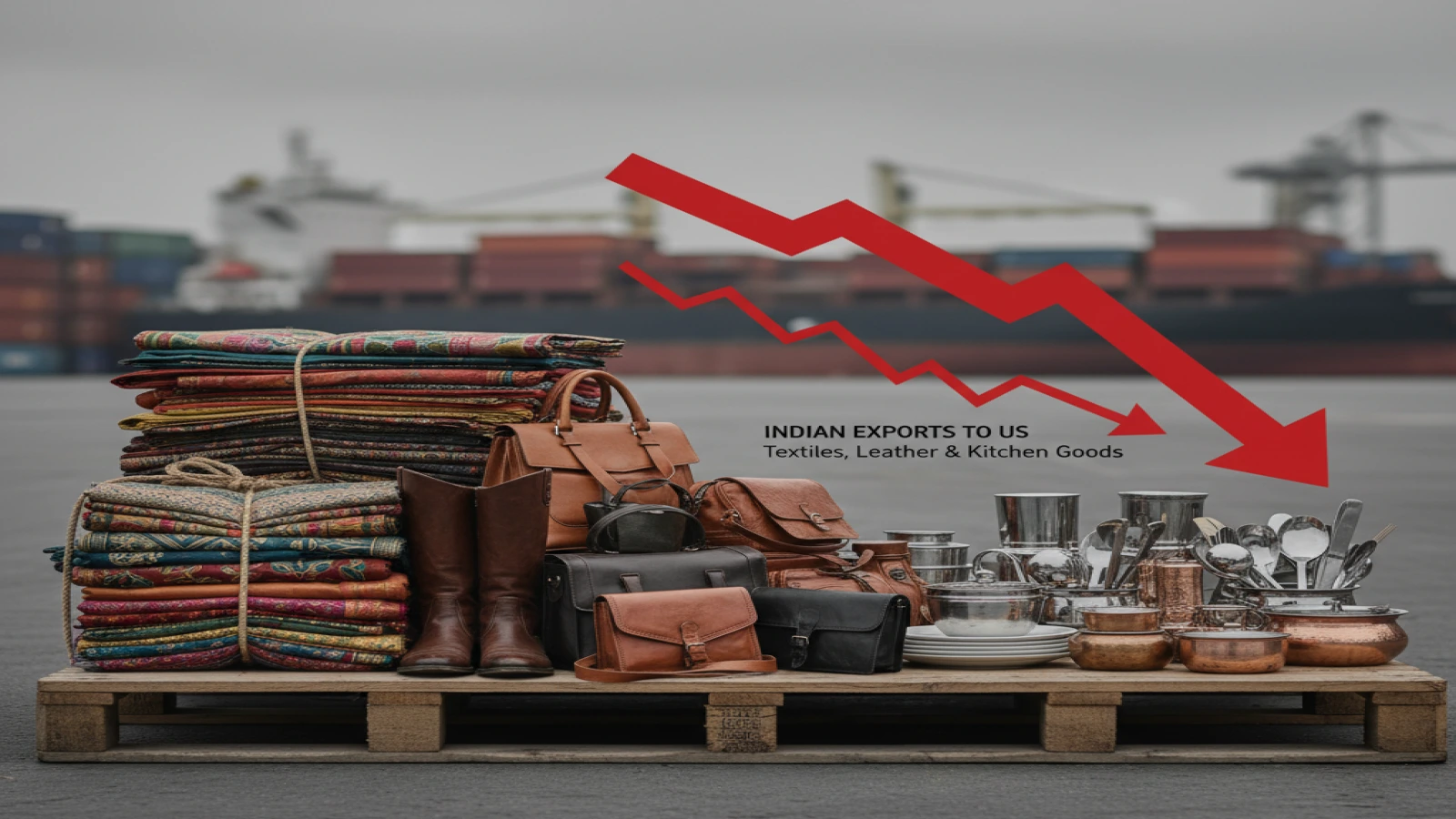

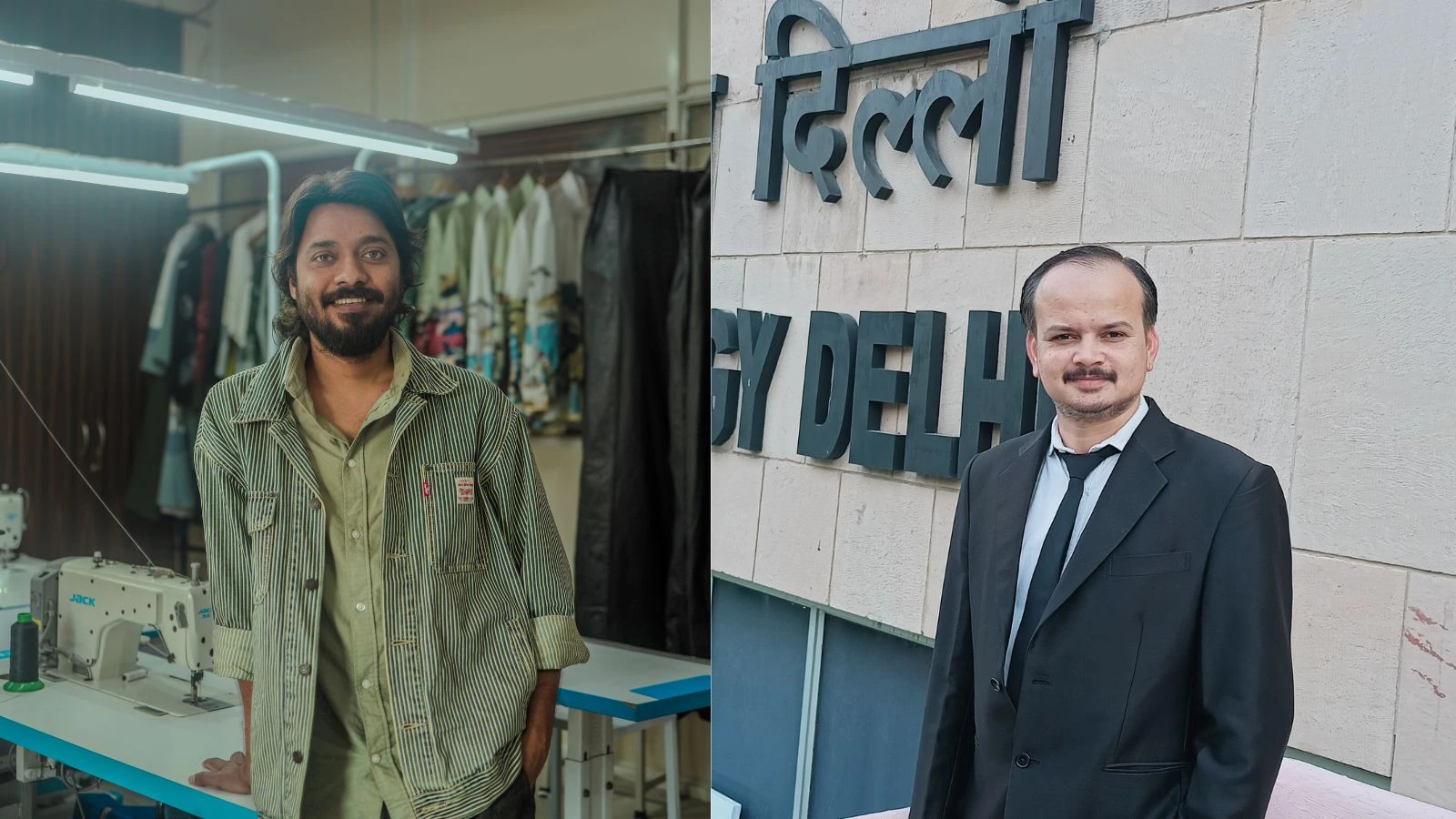

1.webp)
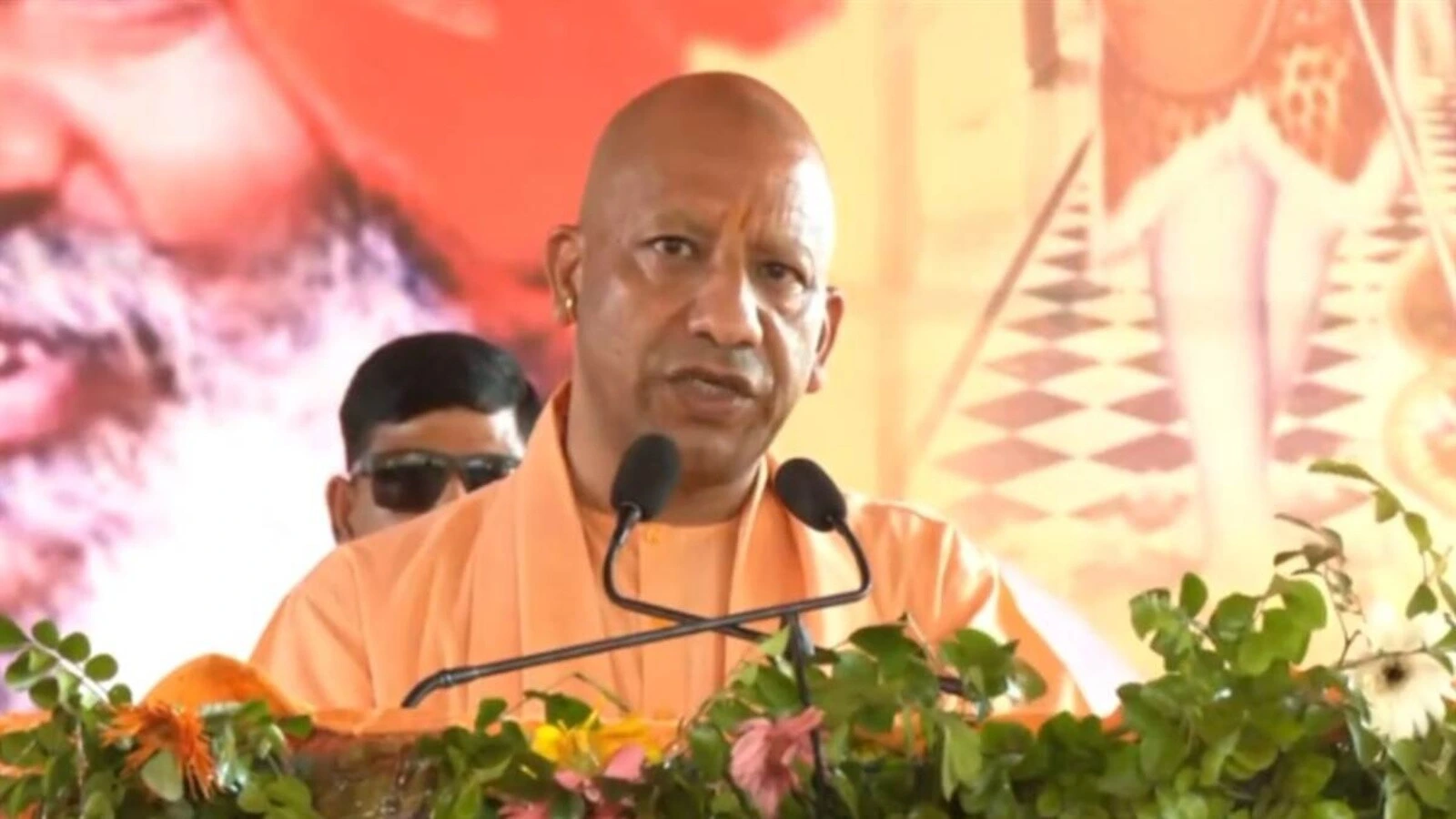


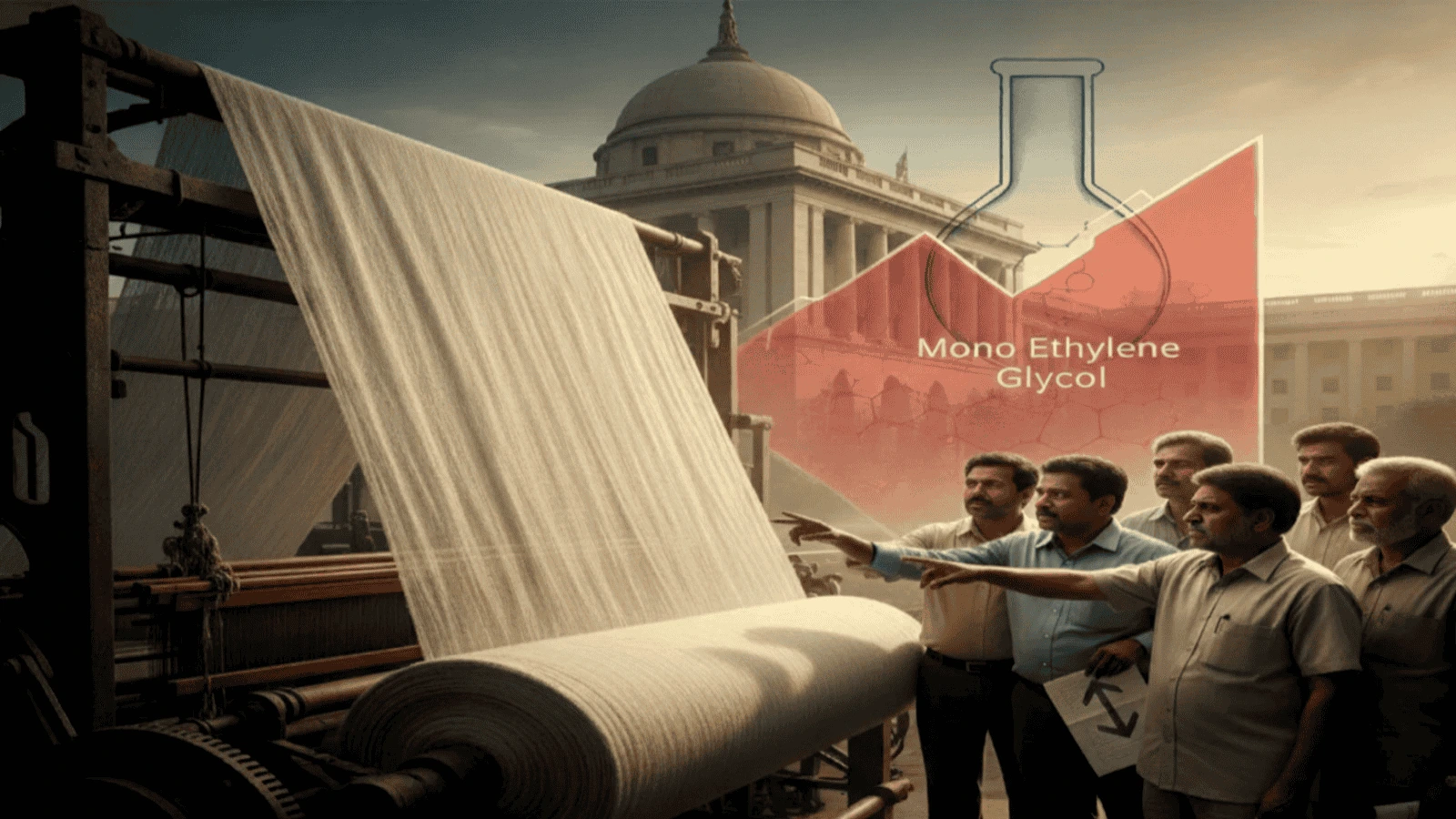
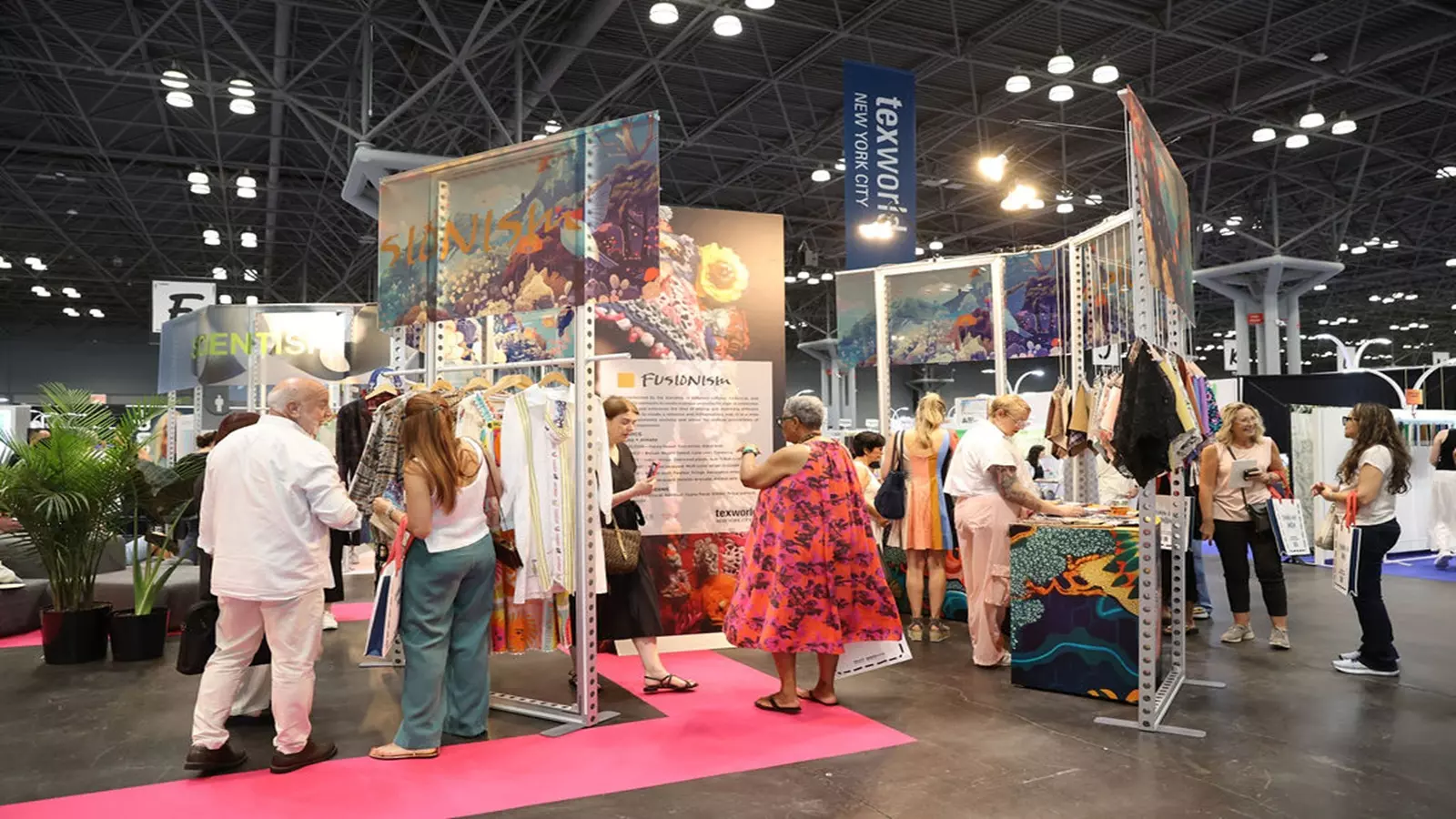



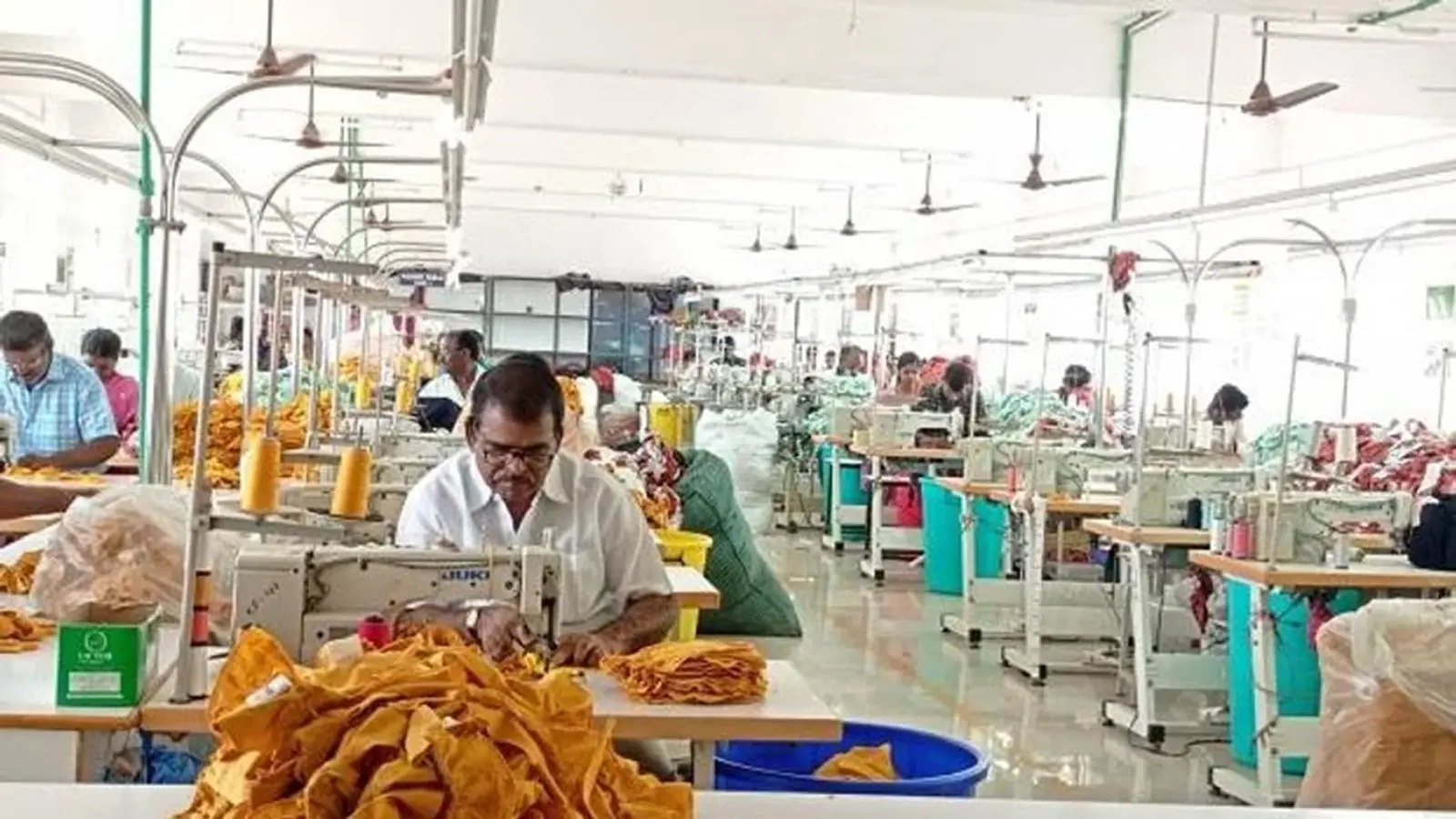



1.webp)


1.webp)

























1.webp)






















1.webp)





1.webp)
1.webp)














1.jpg)






















1.jpg)




























_large1.jpeg)

























































.png)










.jpg)
.jpg)
.jpg)










1.jpeg)